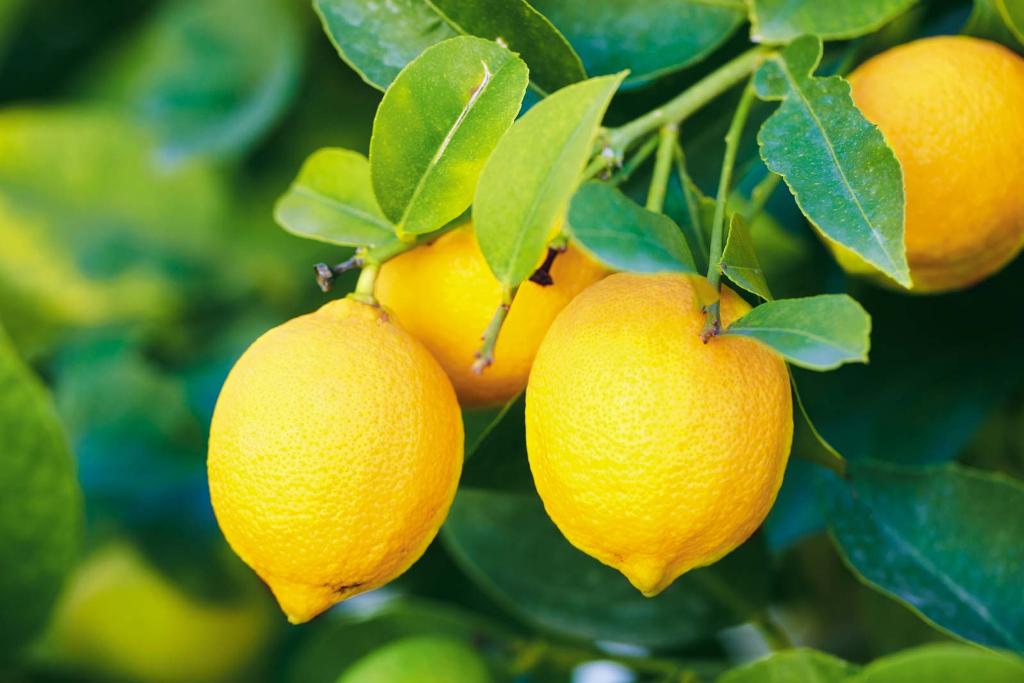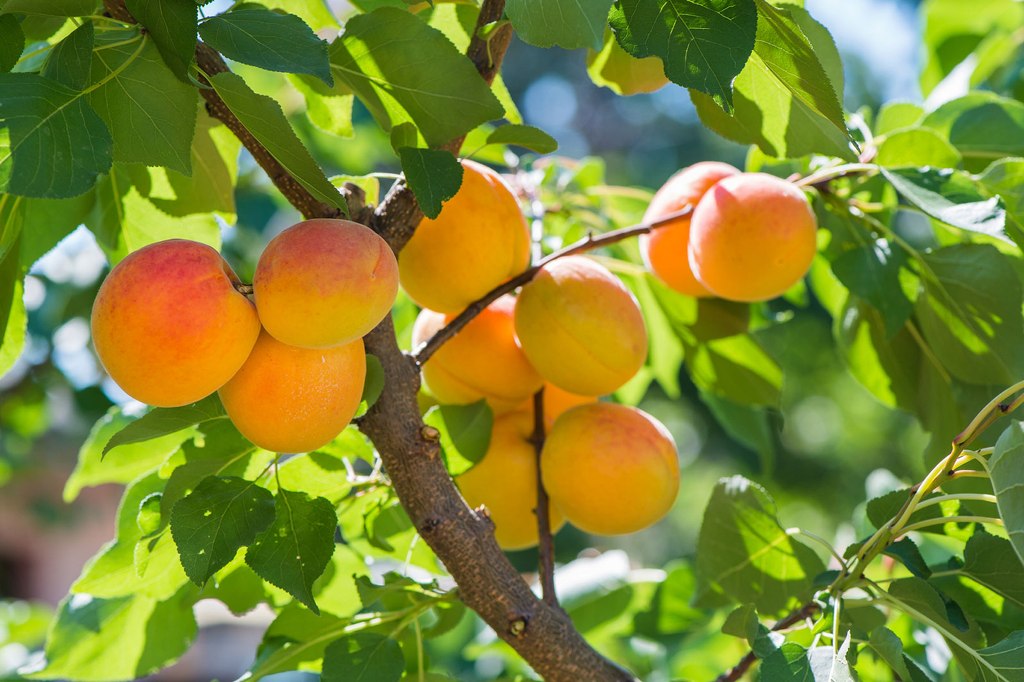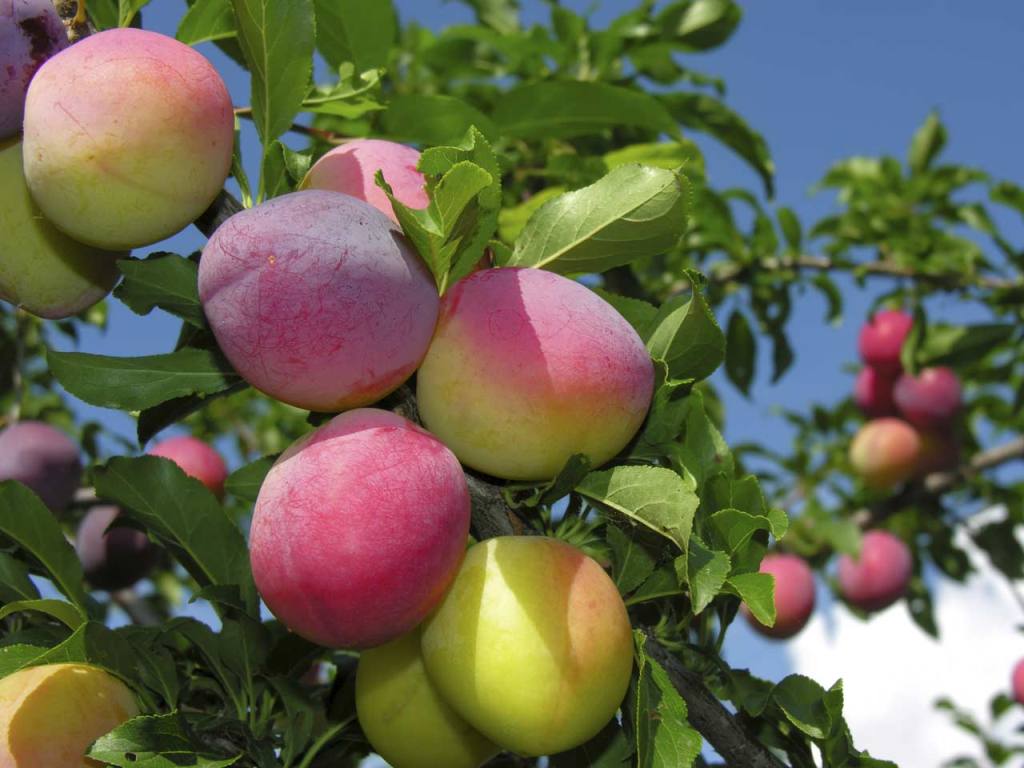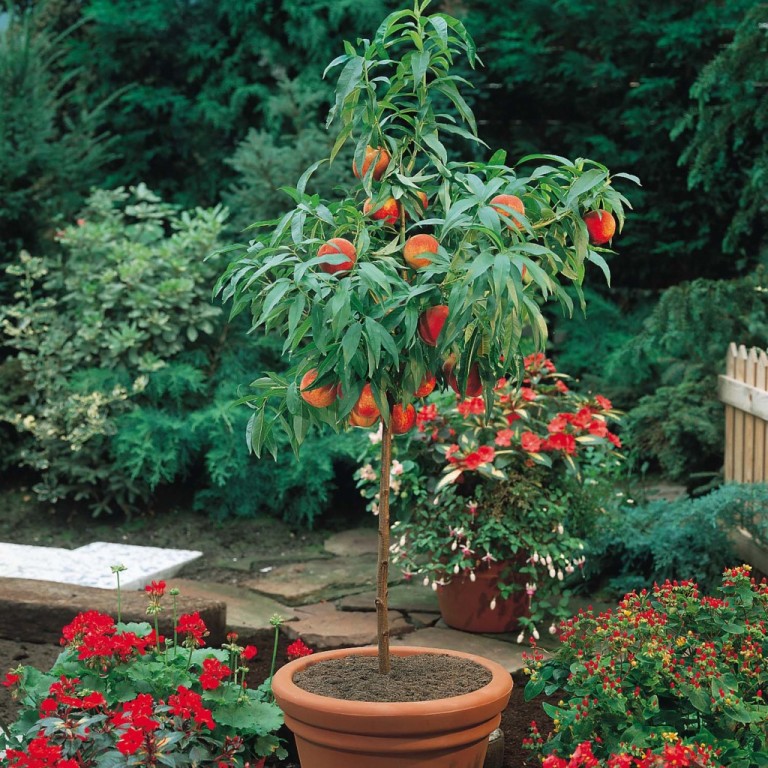When the sun comes out and the temperature soars, certain fruit plants thrive in these conditions.
But what kind of fruits? Where should you plant them? What kind of soil do they need? And how much watering and maintenance do they need to produce the best quality yield?
Fortunately, growing your own little fruit-opia is easier than you think. To help you get started, here are five summer fruits that are easy to grow, low maintenance, and guaranteed to delight your tastebuds.
1. Strawberries

Adored for their sweet taste and fragrance, strawberries are a must-have staple in your fruit garden.
Despite being a popular summer fruit, strawberries are prone to damage from extreme sun exposure. So, if you live in a particularly warm climate, plant your strawberries under a little shade cloth cover. If you live in a cooler region, give the strawberries full to partial sun in the morning, before you transition them to a covered area in the afternoon.
Furthermore, strawberries need plenty of air circulation to prevent the build-up of humidity. Just make sure they are protected from extreme wind, or else, they could suffer damage or dry out too quickly.
- Where to plant: If space is limited, plant your strawberries in a large, well-ventilated pot. To plant a row of strawberries, keep a distance of 20 to 30cm between each plant.
- Soil type: Well-drained, slightly acidic soil (pH of 6 – 6.5). Include a decent amount of compost, well-rotted poo, and a generous layer of thick mulch. Doing so will give the strawberries plenty of space, air circulation, and reduce the risk of weed invasion.
- Maintenance: Frequent watering is a must for strawberries. Try to maintain an average of 2.5 to 5cm of water each week. Newer strawberries only need 2.5cm of water to establish growth.
- Pest and disease control: Watch out for common pest and diseases such as mildew, mould, two-spotted mites, birds, and western flower thrips. Invest in garden fabric and bird netting to keep birds away. To avoid the risk of infection, only buy certified virus-free strawberries from your local nursery.
2. Lemons

In Australia, the three most common types of lemons are: Meyer, Lisbon, and Eureka. While the Lisbon and Meyer lemon trees generally thrive in winter, the Eureka tree, on the other hand, can thrive during spring and summer. The Eureka lemon also grows virtually no thorns and has relatively few seeds.
Best of all? They are tolerant of drought and frost prone regions.
- Where to plant: Lemons require full sunlight and wind protection. If you live in a cooler climate, place the lemon tree near a brick wall so that the heat can radiate off the plant.
- Soil type: Slightly acidic, well-drained soil.
- Maintenance: Water the lemon tree immediately after planting. The goal is to keep the soil moist but not to the point of being soggy. To achieve this, water the lemon tree every seven to 10 days during summer. Feed your lemons quality citrus food at least twice per year. So once in February, and again in August.
- Pest and disease control: Regularly spray your lemon tree with a horticultural oil spray to prevent the spread of citrus rust mites.
3. Blueberries

Aside from being juicy and tasty, blueberries are renowned for their health benefits, featuring a rich dose of antioxidants, plenty of vitamin A and C, and a low glycaemic index.
In Australia, the three most common blueberry types are: Northern Highbush, Southern Highbush, and Rabbiteye. The Northern Highbush thrives in the cold climate, while the Southern Highbush and Rabbiteye varieties can tolerate a warmer climate.
- Where to plant: If growing in a pot, plant the blueberries in a potting mix designed for camellias and azaleas. This will help the blueberries get off to the right start and grow in the perfect conditions. If planting the blueberries in a row, set up a distance of 1.2m between each plant, and a distance of 3 to 4m between each row.
- Soil type: Prepare a low acidic, well-drained soil mixture with a pH of 4.5 – 5.5. To help lower the acidity, include lots of organic matter such as spent coffee grounds and pine needles. In fact, pine needles will help recreate the blueberries’ natural growing environment, increasing the quality of the produce.
- Maintenance: During summer, Southern Highbush and Rabbiteye blueberries can handle extreme sun exposure. But they do need protection from strong winds. Be sure to remove flowers in the first year to prevent bush growth. Plus, apply a combination of fish and seaweed fertiliser, as this will keep the roots healthy and promote further growth next summer.
- Pest and disease control: All varieties of blueberry are prone to fungal leaf disease in high humidity and rainfall. Regularly apply a fungicide spray during these conditions to prevent infection. If birds are a concern, cover the plants with netting.
4. Apricots

With their sweet and tangy flavour, apricots are one of the tastiest summer fruits. When fresh and ripe, these delicious treats are ideal for a variety of desserts, including apricot cobbler and apricot pie. Plus, apricot is a great standalone topping on plain yogurt and cereal.
- Where to plant: Apricot is best planted in winter when the tree is dormant. Allow for enough space to accommodate for at least four main branches, and adequate distance from nearby fencing and other plants. Doing so will prevent clutter and the build-up of humidity leading to fungal disease. Most importantly, position the apricot in full sunlight, as this will allow it to ripen.
- Soil type: Deep, well-drained soil with lots of organic matter.
- Maintenance: Regularly water the apricot tree deeply to encourage growth before the cool season arrives. After pruning, be sure to feed the apricot tree with poultry manure. The high pH of this manure will satisfy the apricot’s need for neutral to alkaline soil.
- Pest and disease control: Apricots are prone to damage caused by possums, bats, and rats. Consider setting up a barrier around the tree to prevent these pests from climbing up the trunk and spreading. Brown rot is also a problematic disease. Regularly apply natural fungicide spray to the tree to reduce the risk of infection.
5. Plums

Plums are considered one of the easiest stone fruits to grow at home. They’re also incredibly delicious and go great in a range of summer dishes, including plum pudding, chutney, and especially home-made jam.
- Where to plant: Prior to planting, prune off damaged roots and cut the roots back to 20cm. From there, plant your blueberries in full sunlight during summer, and leave at least 4m x 4m of space so the canopy can spread freely.
- Soil type: Well-drained soil, with extra organic matter or animal manure to improve the soil’s structure and fertility.
- Maintenance: Regularly feed plums with a mulch composed of high nitrogen fertiliser in spring. Also, keep the plant mulched with wood chips or sawdust in order to retain moisture and prevent the risk of winter injury. While plums are technically frost tolerant, make sure the variety of plum you pick is suitable for growing in your local area.
- Pest and disease control: If necessary, cover the plums with a net to reduce the risk of damage from birds.






